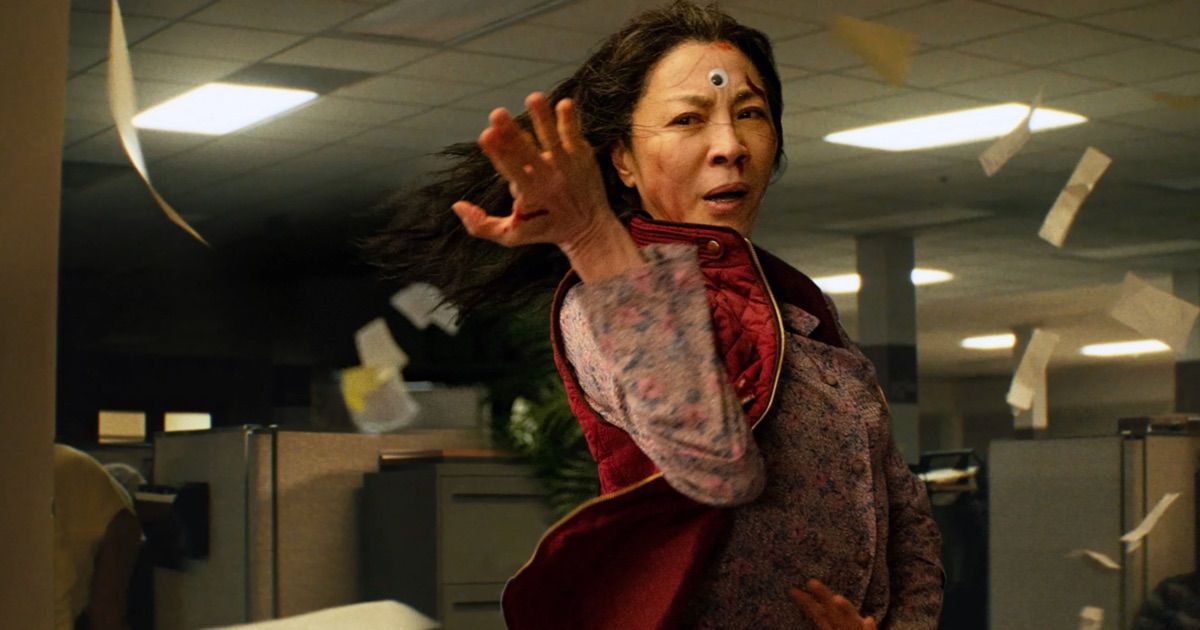San Diego State’s Center for the Study of Women in Television and Film has released its latest “It’s a Man’s (Celluloid) World” report just in time for International Women’s Day. The analysis, according to The Hollywood Reporter, from this year added “more than 2,100 characters to a body of research that now spans two decades, 1,200 movies and more than 27,000 characters” to its analysis.
In 2022, women-talking characters were outnumbered by male characters at 37% to 63%. About a third of movies featured women as protagonists, such as Everything Everywhere All At Once, Tár, and Encanto. Regarding major characters, who needed to appear more than once and be “instrumental to the story’s action,” women made up 38%. There was only 0.1% of speaking characters were transgender and only one character was “explicitly” nonbinary.
The findings of the protagonist analysis were “roughly consistent” with the trend found in film from the last five years, though the numbers have gone up from the first years of the study in 2002. That year it was 16%, thanks to movies like Panic Room, Maid in Manhattan, and Divine Secrets of the Ya-Ya Sisterhood.
The study found horror movies were more likely to have female leads than male leads at 43% to 4%. Some horror movies with male leads over the past year were Nope, The Pale Blue Eye, and Beast. That statistic is probably not a surprise to those familiar with the genre. After all, Carol J. Clover didn’t coin the term “final boy” in 1992 with the book Men, Women, and Chainsaws: Gender in the Modern Horror Film.
The Age and Race Of Women Characters
Amongst both men and women, the most commonly aged person was in their 30s, though they differ in the second-most featured decade. For men, 29% of characters were in their 40s, while for women, 20% of characters were in their 20s. There were only 14% of women aged 40 in…
Read the full article here






